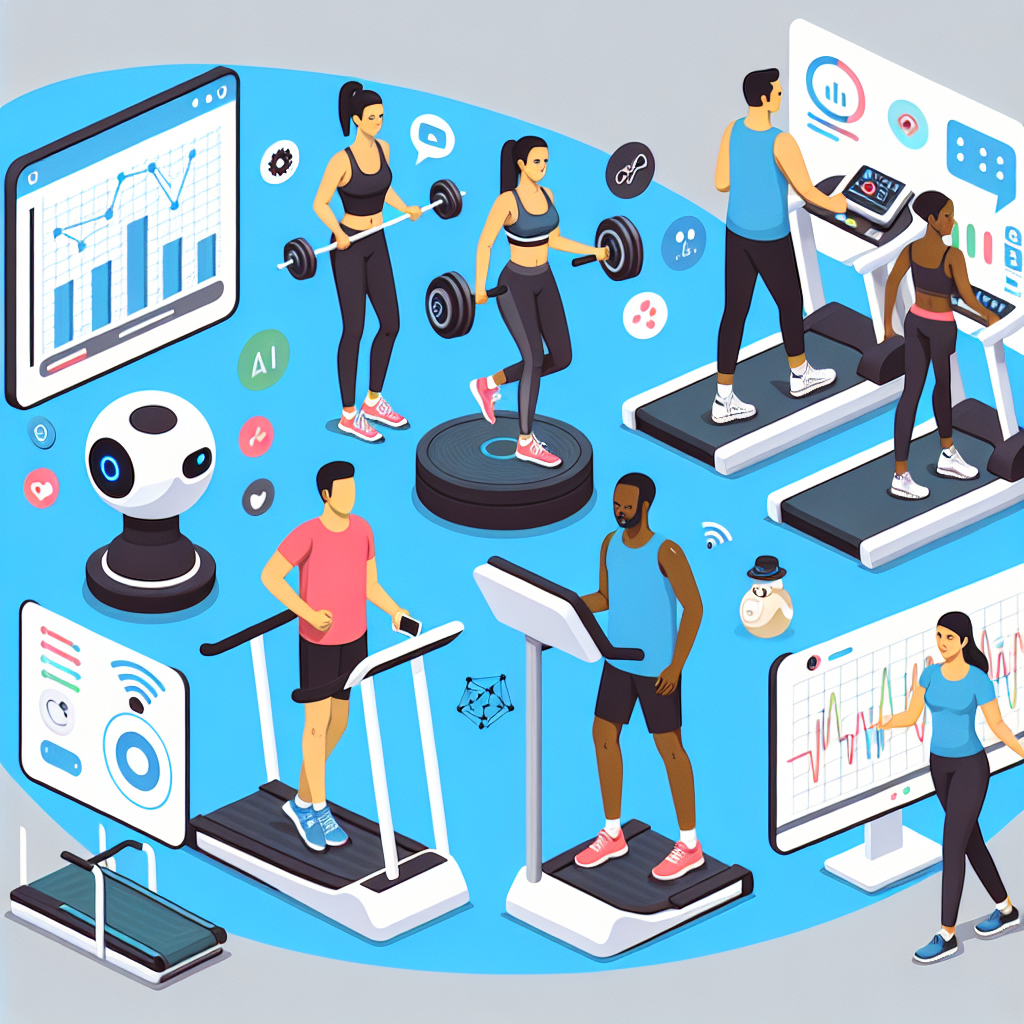Artificial Intelligence (AI) has transformed many aspects of our lives, including how we approach physical education and fitness. With the help of technology, we are now able to track our progress, customize workouts, and receive personalized feedback in ways that were not possible before. This has led to a revolution in the world of fitness and wellness, making it easier for people to achieve their health goals and lead healthier lives.
One of the key ways in which AI is being used in physical education is through the development of fitness apps and wearable devices. These tools use machine learning algorithms to analyze data such as heart rate, calories burned, and exercise intensity to provide users with real-time feedback on their workouts. This information can help individuals make adjustments to their routines and set achievable goals based on their personal fitness levels.
Another way in which AI is enhancing physical education is through virtual coaches and trainers. These programs use AI to create personalized workout plans based on an individual’s goals, fitness level, and preferences. The virtual coach can provide guidance on proper form, suggest modifications to exercises, and track progress over time. This allows individuals to receive the benefits of personalized training without the high cost of hiring a personal trainer.
AI is also being used in physical education to improve safety and prevent injuries. By analyzing movement patterns and biomechanics, AI can identify potential risk factors and provide recommendations for how to correct them. This can help individuals avoid common injuries such as strains and sprains, allowing them to continue their fitness journey without setbacks.
In addition to improving individual fitness, AI is also being used to enhance group fitness classes and sports training. By analyzing data from multiple participants, AI can identify trends and patterns that can help instructors design more effective workouts and training programs. This can lead to improved performance, increased motivation, and a more engaging experience for participants.
Overall, AI is revolutionizing the way we approach physical education and fitness, making it easier for individuals to achieve their health and wellness goals. By leveraging the power of technology, we can personalize workouts, track progress, and prevent injuries in ways that were not possible before. This has the potential to transform the fitness industry and help more people lead healthier, more active lives.
FAQs:
Q: How does AI track fitness progress?
A: AI can track fitness progress through wearable devices such as fitness trackers and smartwatches. These devices use sensors to collect data on metrics such as heart rate, calories burned, and exercise intensity. This data is then analyzed by AI algorithms to provide users with real-time feedback on their workouts and track their progress over time.
Q: Can AI provide personalized workout plans?
A: Yes, AI can provide personalized workout plans based on an individual’s goals, fitness level, and preferences. Virtual coaches and trainers use machine learning algorithms to create customized routines that are tailored to the user’s needs. This allows individuals to receive personalized guidance and support without the high cost of hiring a personal trainer.
Q: How can AI prevent injuries in physical education?
A: AI can prevent injuries in physical education by analyzing movement patterns and biomechanics to identify potential risk factors. By providing recommendations for correcting these issues, AI can help individuals avoid common injuries such as strains and sprains. This can lead to a safer and more effective fitness experience for users.
Q: How does AI enhance group fitness classes?
A: AI can enhance group fitness classes by analyzing data from multiple participants to identify trends and patterns. This information can help instructors design more effective workouts and training programs that cater to the needs of the group. By leveraging the power of AI, group fitness classes can become more engaging, motivating, and performance-driven.

